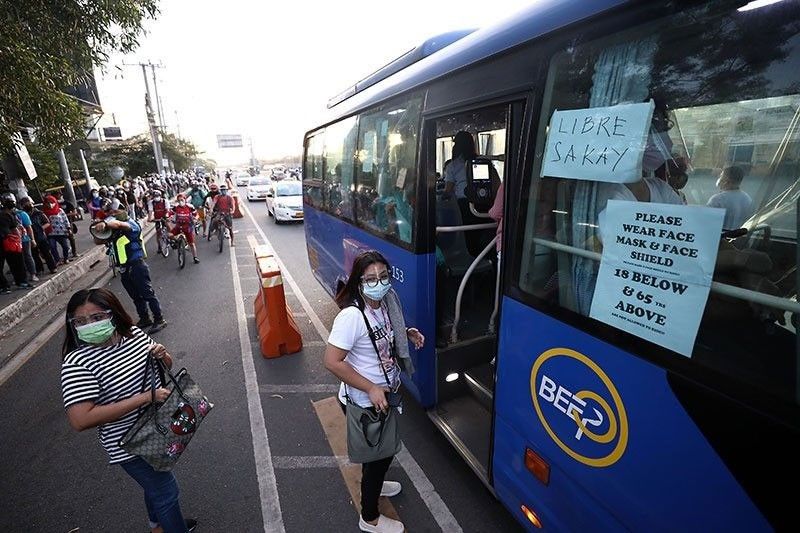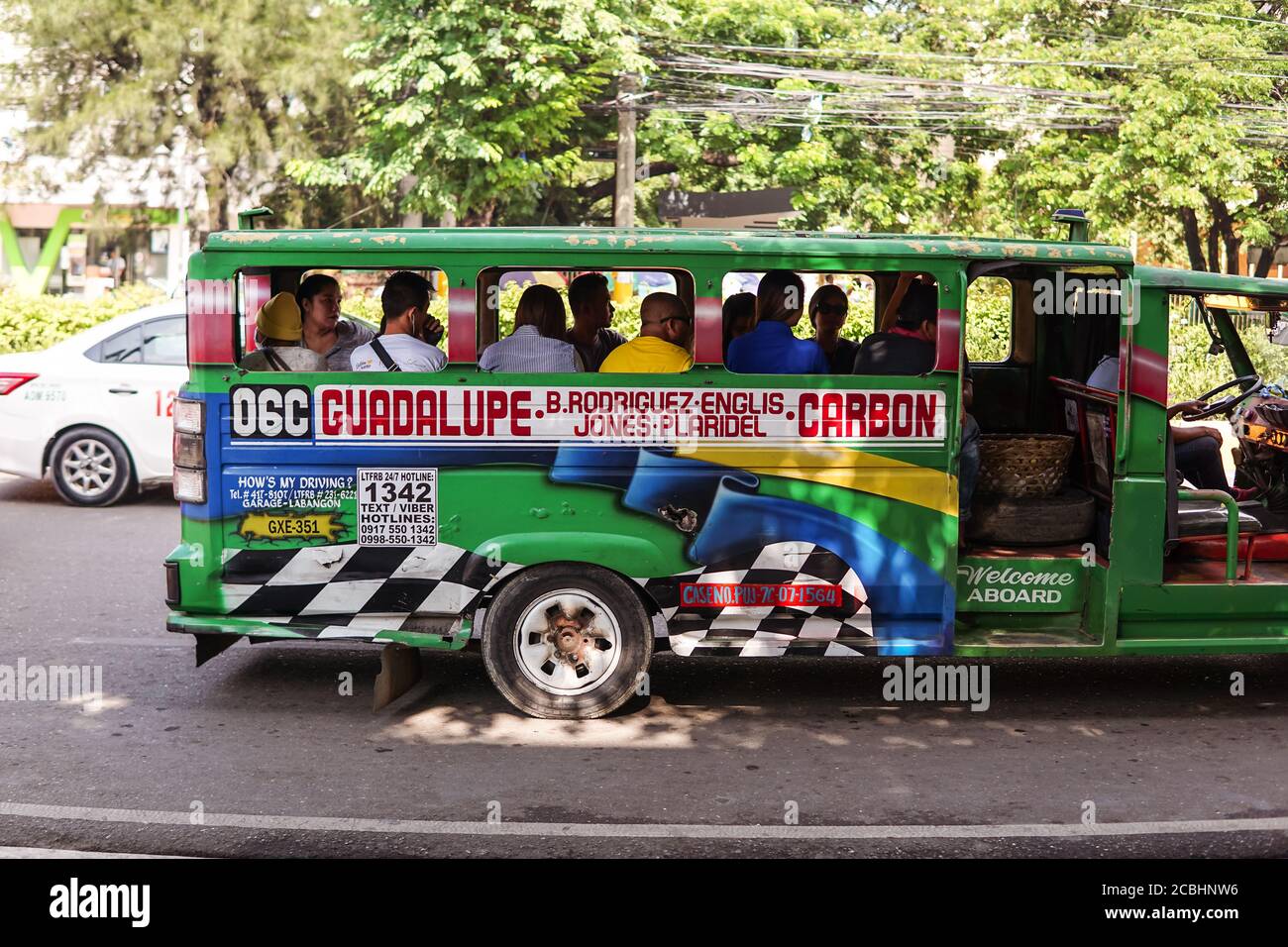Recognizing the Function of Transportation Advertising And Marketing in Enhancing Brand Name Presence and Customer Interaction
Transit advertising and marketing has actually arised as an essential aspect in the advertising landscape, supplying unique opportunities for brand names to raise their exposure and engage customers properly. With the ability to get to a diverse and captive target market throughout their daily commutes, these marketing methods are not simply regarding presence; they are concerning developing meaningful connections with possible clients. As we check out the diverse advantages and innovative strategies within transportation marketing, it becomes vital to think about how these components collectively influence customer assumption and actions, questioning regarding their lasting effect on brand name loyalty.
Meaning of Transportation Advertising And Marketing
Transportation advertising and marketing refers to the technique of promoting items, services, or brand names through ads put around public transportation systems. This kind of advertising incorporates a range of placements, consisting of posters on buses and trains, electronic displays at transit terminals, and wraps on the exterior of cars. It intends to get to a varied target market, taking advantage of on the high foot web traffic associated with public transportation.
Transit marketing is tactically placed to record the interest of travelers, that frequently invest significant time traveling or waiting. By incorporating advertisements right into the daily routines of individuals, brand names can create a long-term perception and foster brand name acknowledgment. The tool is particularly reliable in urban environments, where public transport is a main mode of traveling.
In addition, transit marketing can facilitate localized targeting, allowing companies to get to particular demographics based on transportation paths and terminal locations. As city populations grow and making use of public transportation rises, this advertising approach has actually acquired importance as an essential element of incorporated marketing methods. The dynamic nature of transportation advertising and marketing, integrated with its capacity to involve customers in a restricted atmosphere, underscores its significance in modern marketing techniques.
Advantages of Transit Marketing
The efficiency of transit advertising and marketing exists in its ability to deliver a wide range of benefits to brand names seeking to improve exposure and engagement. One of the primary advantages is the extensive reach it uses; transportation advertisements can successfully target diverse demographics throughout metropolitan locations, getting to both pedestrians and commuters alike. This broad exposure dramatically boosts brand understanding.
Another advantage is the high regularity of impressions. As transportation lorries follow well established routes and quit at numerous areas, they develop repeated exposure that strengthens brand name messages. This regularity fosters experience, which is critical in customer decision-making.
Transportation advertising is also cost-effective contrasted to various other media platforms. Provided its extensive reach and potential for high impressions, brand names usually experience a reduced expense per thousand impacts (CPM), maximizing their marketing budget.
Additionally, transportation advertisements can create a feeling of community connection. By straightening with regional transportation systems, brands can resonate with local audiences and foster a sense of neighborhood satisfaction. This local technique enhances brand commitment and engagement, making transit marketing a compelling choice for companies intending to solidify their existence in the market.

Effective Techniques for Transportation Campaigns
To maximize the effect of transit projects, brand names need to utilize tactical planning and execution tailored to their target audience. First, determining the market attributes of the audience utilizing public transportation is crucial. This enables brand names to create personalized messaging that resonates with possible clients.
Following, picking the right transportation mediums is important. Whether making use of bus covers, subway posters, or electronic screens, each tool has unique benefits that can improve visibility. For example, vivid visuals on bus covers can attract focus, while electronic ads can be upgraded frequently additional hints to reflect prompt promos.
In addition, integrating a natural branding strategy across transit platforms guarantees consistency and strengthens the brand her comment is here name's identity. Making use of remarkable taglines and attractive layouts will certainly strengthen brand recall among travelers.
Last but not least, timing is an essential consider carrying out effective transportation campaigns. Launching projects during height traveling hours or local events can considerably enhance exposure and engagement. By employing these approaches, brands can efficiently harness the potential of transportation marketing, fostering greater recognition and link with their target audience. Ultimately, a well-executed transportation project can drive considerable growth in brand visibility and consumer engagement.

Determining Influence and Interaction
In reviewing the efficiency of transit marketing campaign, exact measurement of effect and engagement is crucial for brand names looking for to optimize their advertising and marketing strategies. Metrics such as reach, regularity, and perceptions supply fundamental information to examine exposure. Examining these factors aids figure out exactly how several possible consumers are subjected to the ads throughout their daily commutes.
Involvement can be additional assessed through consumer communications, such as website traffic, social media sites points out, and direct reactions to calls-to-action included in the ads. Making use of tools like QR codes or unique Links can promote monitoring of consumer behavior straight linked to go to this website transit projects. Surveys and responses mechanisms also work as valuable approaches to collect qualitative data on customer perceptions and recall of the ad.
Furthermore, progressed analytics and attribution designs can associate transportation exposure with subsequent purchasing habits, using understandings into the return on financial investment. By using an extensive strategy that combines qualitative and quantitative steps, brand names can develop a nuanced understanding of their transit marketing effect. Ultimately, this data-driven approach enables brand names to fine-tune their campaigns, ensuring they reverberate successfully with target market and improve overall brand name presence.
Study of Successful Projects
Effective transit marketing campaign function as compelling examples of how efficient methods can boost brand name visibility and involvement. Transit Advertising Philippines. One notable situation is the "I Love New york city" campaign, which transformed the city's photo and drew in millions of tourists. By using subway advertisements, signboards, and bus wraps, the campaign created a solid, cohesive brand identity, leading to a substantial uptick in tourism and regional organization patronage
Another excellent project is Coca-Cola's "Share a Coke" effort, which leveraged transit advertising to customize the brand experience. By featuring popular names on marketing products across various transit systems, Coca-Cola cultivated a deeper psychological connection with customers, encouraging them to share their experiences on social networks.
In addition, the "Got Milk?" campaign successfully made use of mass transit advertisements to reach a broad target market, reinforcing the message of the importance of milk in a well balanced diet plan. The campaign saw a quantifiable boost in milk intake in target demographics.
These case researches highlight that when performed attentively, transportation advertising can considerably enhance brand visibility, foster consumer involvement, and drive measurable results, showing its crucial role in modern marketing methods. - Transit Advertising Philippines
Verdict
In final thought, transportation advertising serves as a vital tool for boosting brand name exposure and promoting consumer interaction. Ultimately, the capability to gauge engagement and analyze successful instance studies highlights the efficiency of transportation advertising and marketing in driving brand name loyalty and customer communications.
Transit advertising has emerged as a critical element in the marketing landscape, providing special chances for brand names to raise their exposure and engage customers properly.Furthermore, transportation marketing can facilitate local targeting, permitting companies to get to certain demographics based on transportation courses and terminal places.In assessing the performance of transportation marketing projects, exact dimension of effect and engagement is essential for brands looking for to maximize their advertising and marketing techniques.Successful transit marketing projects serve as compelling examples of how efficient methods can elevate brand exposure and interaction.In conclusion, transit advertising and marketing serves as a crucial device for boosting brand visibility and fostering consumer engagement.